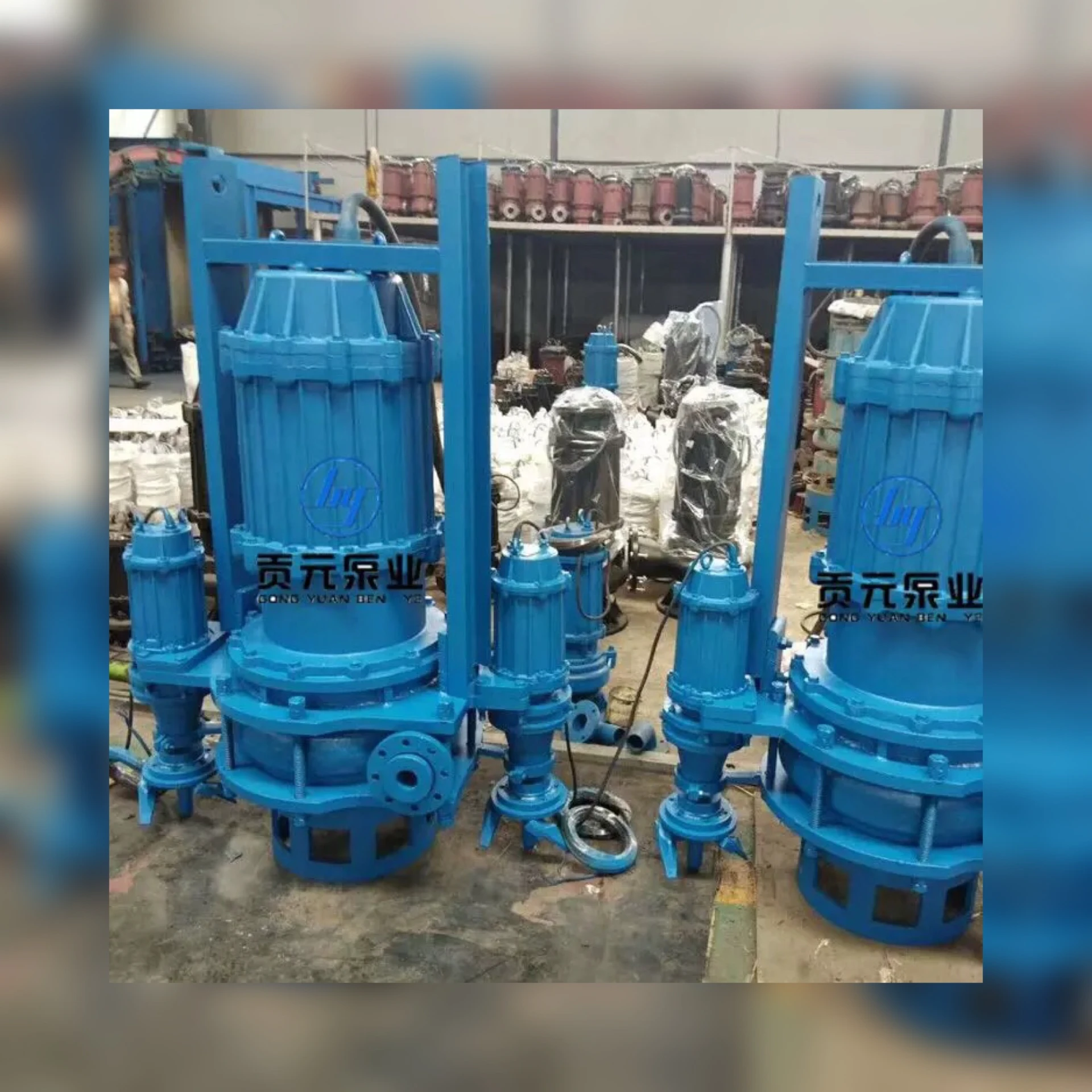English
- Afrikaans
- Albanian
- Amharic
- Arabic
- Armenian
- Azerbaijani
- Basque
- Belarusian
- Bengali
- Bosnian
- Bulgarian
- Catalan
- Cebuano
- Corsican
- Croatian
- Czech
- Danish
- Dutch
- English
- Esperanto
- Estonian
- Finnish
- French
- Frisian
- Galician
- Georgian
- German
- Greek
- Gujarati
- Haitian Creole
- hausa
- hawaiian
- Hebrew
- Hindi
- Miao
- Hungarian
- Icelandic
- igbo
- Indonesian
- irish
- Italian
- Japanese
- Javanese
- Kannada
- kazakh
- Khmer
- Rwandese
- Korean
- Kurdish
- Kyrgyz
- Lao
- Latin
- Latvian
- Lithuanian
- Luxembourgish
- Macedonian
- Malgashi
- Malay
- Malayalam
- Maltese
- Maori
- Marathi
- Mongolian
- Myanmar
- Nepali
- Norwegian
- Norwegian
- Occitan
- Pashto
- Persian
- Polish
- Portuguese
- Punjabi
- Romanian
- Russian
- Samoan
- Scottish Gaelic
- Serbian
- Sesotho
- Shona
- Sindhi
- Sinhala
- Slovak
- Slovenian
- Somali
- Spanish
- Sundanese
- Swahili
- Swedish
- Tagalog
- Tajik
- Tamil
- Tatar
- Telugu
- Thai
- Turkish
- Turkmen
- Ukrainian
- Urdu
- Uighur
- Uzbek
- Vietnamese
- Welsh
- Bantu
- Yiddish
- Yoruba
- Zulu
Telephone: +86 13120555503
Email: frank@cypump.com
Dec . 04, 2024 10:10 Back to list
pneumatic slurry pump
The Importance and Functionality of Pneumatic Slurry Pumps
In various industrial processes, the transfer of fluids plays a crucial role, especially when dealing with challenging materials like slurries. A slurry, defined as a mixture of solid particles suspended in a liquid, can present significant challenges during transportation due to its viscosity, abrasiveness, and varying densities. One effective solution for this issue is the pneumatic slurry pump, a device engineered specifically for the efficient movement of slurries in diverse applications.
Understanding Pneumatic Slurry Pumps
Pneumatic slurry pumps utilize compressed air to move slurries from one location to another. Unlike traditional pumps that rely on electrical power, these pumps capitalize on the properties of air to create a vacuum or pressure differential that facilitates the flow of slurry. This design makes pneumatic slurry pumps particularly advantageous in environments where electricity may not be readily available or where safety considerations limit the use of electric-powered equipment.
Constructed from durable materials resistant to corrosion and abrasion, pneumatic slurry pumps can handle a wide range of slurry compositions, including those containing highly abrasive particles. Many pumps are designed with self-priming and dry-running capabilities, allowing them to operate effectively even under less-than-ideal conditions.
Applications Across Industries
Pneumatic slurry pumps find applications across various industries, including mining, wastewater treatment, and construction. In mining operations, these pumps efficiently transport ore slurries, which may contain a high concentration of solid particles. Their ability to handle harsh conditions and abrasive materials ensures that the mining process runs smoothly, minimizing downtime and costly maintenance.
Similarly, in wastewater treatment facilities, pneumatic slurry pumps are employed to move sludge and other by-products
. The pumps effectively manage the challenges posed by varying solid content and viscosity, facilitating the efficient treatment of wastewater. Their design reduces the risk of clogging, a common issue faced by traditional pumps.pneumatic slurry pump

In construction, pneumatic slurry pumps are used for tasks such as transferring cement slurries and other construction materials. Their ability to operate in rugged environments makes them ideal for construction sites, where reliability and performance are paramount.
Advantages of Pneumatic Slurry Pumps
One of the primary advantages of pneumatic slurry pumps is their versatility. Capable of handling slurries with high solid content and varying viscosity, they are crucial tools in industries that deal with challenging fluid transportation. Furthermore, their operation with compressed air reduces the risk of electrical hazards, making them suitable for use in hazardous environments.
Another notable benefit is the reduced maintenance requirements associated with these pumps. Since they have fewer moving parts compared to mechanical pumps, pneumatic slurry pumps typically experience less wear and tear, leading to longer operational lifespans and decreased downtime for maintenance.
Moreover, pneumatic slurry pumps are relatively easy to install and operate. Their straightforward design enables operators to quickly adapt to their use, making them a practical choice for both new installations and retrofitting existing systems.
Conclusion
Pneumatic slurry pumps represent a vital advancement in the realm of fluid transfer technology, particularly for industries that manage slurries. Their unique design, coupled with the advantages they offer in terms of efficiency, safety, and maintenance, underscores their importance in various applications. As industries continue to evolve and face new challenges, the role of pneumatic slurry pumps will undoubtedly become increasingly significant in ensuring reliable and efficient fluid management.
-
Horizontal Split Case Pump with GPT-4 Turbo | High Efficiency
NewsAug.01,2025
-
ISG Series Pipeline Pump - Chi Yuan Pumps | High Efficiency, Durable Design
NewsAug.01,2025
-
Advanced Flue Gas Desulfurization Pump with GPT-4 Turbo | Durable & Efficient
NewsJul.31,2025
-
ISG Series Vertical Pipeline Pump - Chi Yuan Pumps | Advanced Hydraulic Design&Durable Construction
NewsJul.31,2025
-
ISG Series Vertical Pipeline Pump - Chi Yuan Pumps | Energy Efficient & Low Noise
NewsJul.31,2025
-
pipeline pump - Chi Yuan Pumps Co., LTD.|High Efficiency&Low Noise
NewsJul.31,2025










